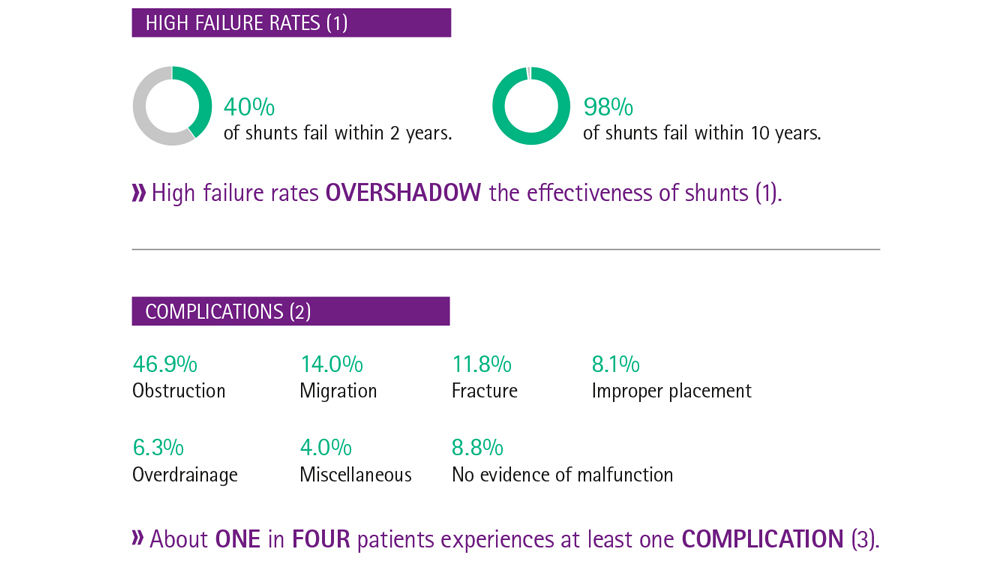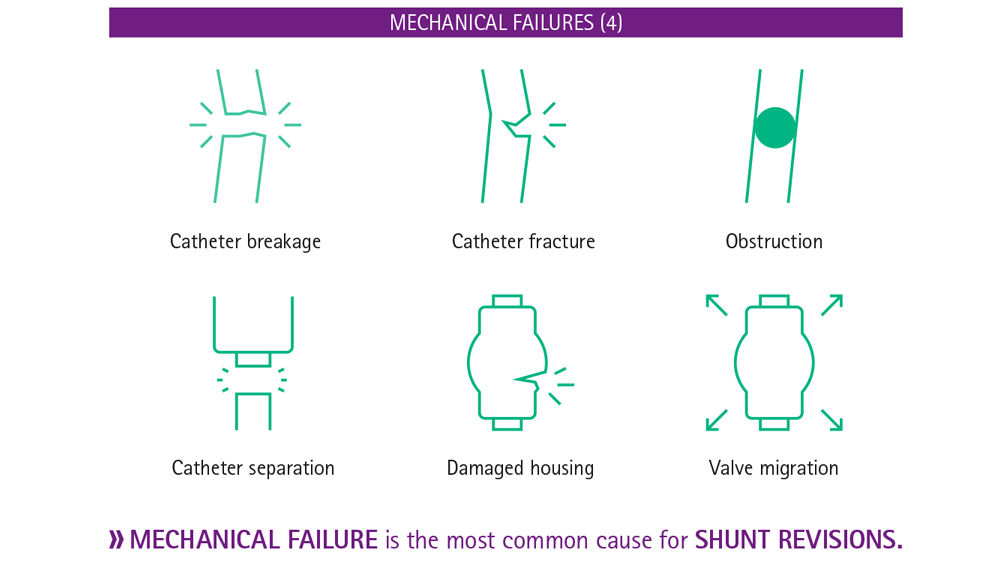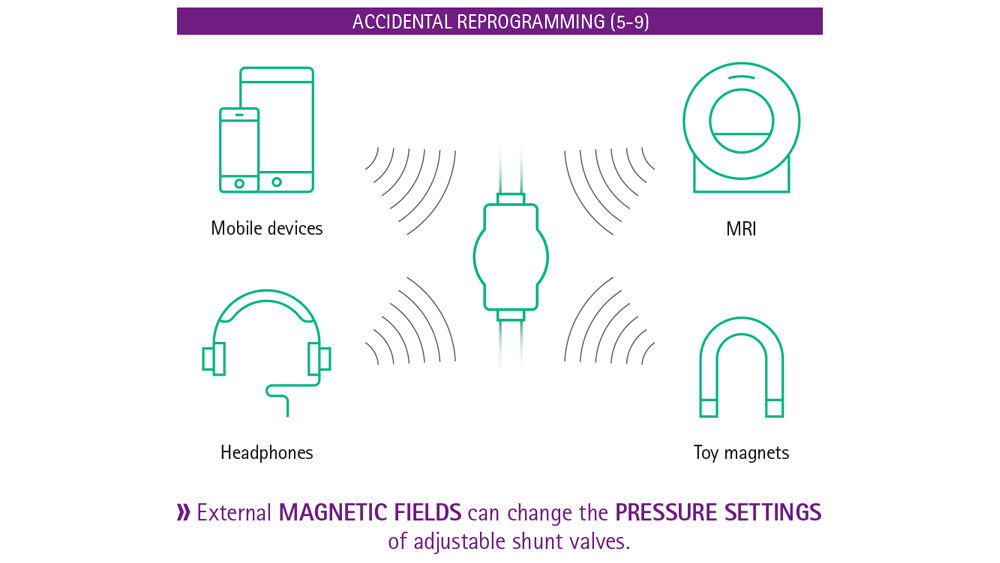No content results match your keyword.
Content
You have successfully logged out.
Not registered yet?
Understand the problem
Hydrocephalus, the excess buildup of cerebrospinal fluid in the brain, can affect all age groups.



The optimal pressure setting of the adjustable valves is of great importance for the patient. Therefore, it comes as no surprise that the possibility of accidental valve adjustments in everyday life is a cause of concern and leads to great uncertainty among patients and doctors alike.

Treatment with conventional adjustable valves always means finding a compromise:

It will be forwarded to a responsible contact person who will get in touch with you as soon as possible.
Your feedback matters! Participate in our customer survey to help us enhance our website, products and services. Thank you for your support!